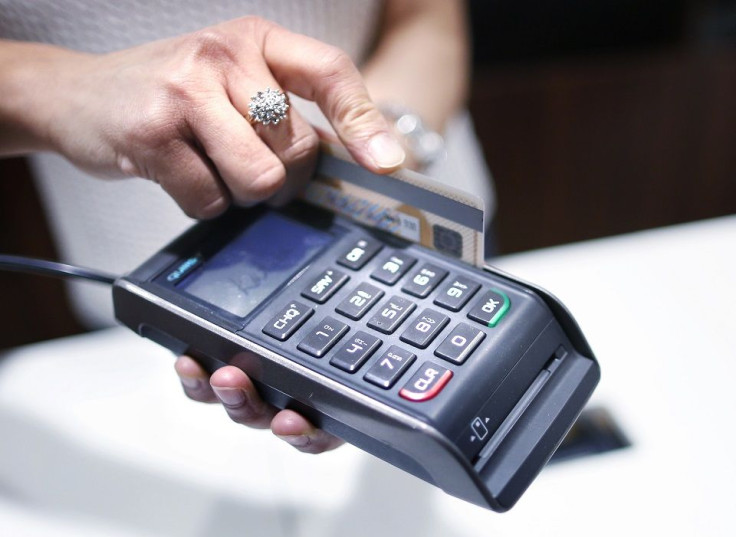Fraudsters are stealing Australians' credit card information

Online credit card fraud in Australia is getting worse, with increasing transactions made using stolen personal details. The amount lost to this type of fraud has risen to $417.6 million in 2016, more than double since 2011.
Fraudulent purchases using stolen credit card details accounted for 78 percent of over $530 million in total netted in 2016, the Industry body Australian Payments Network found. The 2016 Australian Payments Fraud Data Report also recorded a 13 percent rise in card skimming fraud.
These were executed through false terminals made to look like real card readers. These are called “ghost terminals” and are not connected to the payments network.
For every $1,000 spent, fraud accounted for 74.7 cents in 2016. It was an increase from 66.9 cents in 2015 and 43.8 cents in 2012.
Leila Fourie, chief executive officer of Australian Payments Network, said the latest findings indicate how quickly fraudsters had followed Aussie consumers to online platforms. Online spending is growing five times faster compared to traditional retail spending.
Fourie said both customers and merchants must boost security awareness as Australia transitions towards higher levels of online payments. "Australia is well-advanced in fraud prevention technology, thanks to the industry's leading investment in [chip technology], tokenisation and online customer authentication tools,” Sydney Morning Herald quotes her as saying. Some of the things that could be used in the roll-out of risk-based customer authentication are social media, geolocation and biometrics, Fourie added.
Holistic approach to fraud prevention
Card transaction activity increased over 10 percent in 2016 to $714.5 billion, a report reveals. Fraud accounted for $534 million or 0.074 percent.
Experian Australia managing director Suzanne Steele believes it is more imperative than ever that the industry shift "from a culture of remediation to one of prevention.” The credit reporting agency screened over 3,300 fraud events worldwide every second in the past year.
"To date, the strategies employed by many Australian banks and credit providers to combat fraud have placed emphasis on a reactive approach, identifying and blocking the weak points in the system that are allowing fraudsters to slip through the net,” she explained. But she argued that a purely reactive approach was no longer enough.
Instead, she said fraud prevention approaches must be holistic. Detection and prevention technologies must be used to allow businesses to be quick and reactive to emerging fraud threats without causing negative impact to customer experience.
Read More:
Aussie Christians respond to same-sex marriage
The chances of William as king instead of Charles when Elizabeth dies
Kenya NTV/YouTube




















